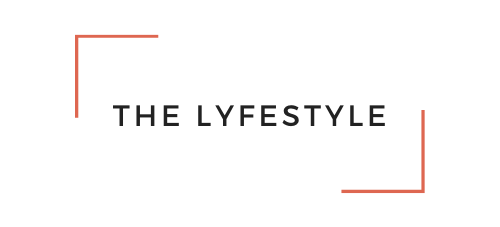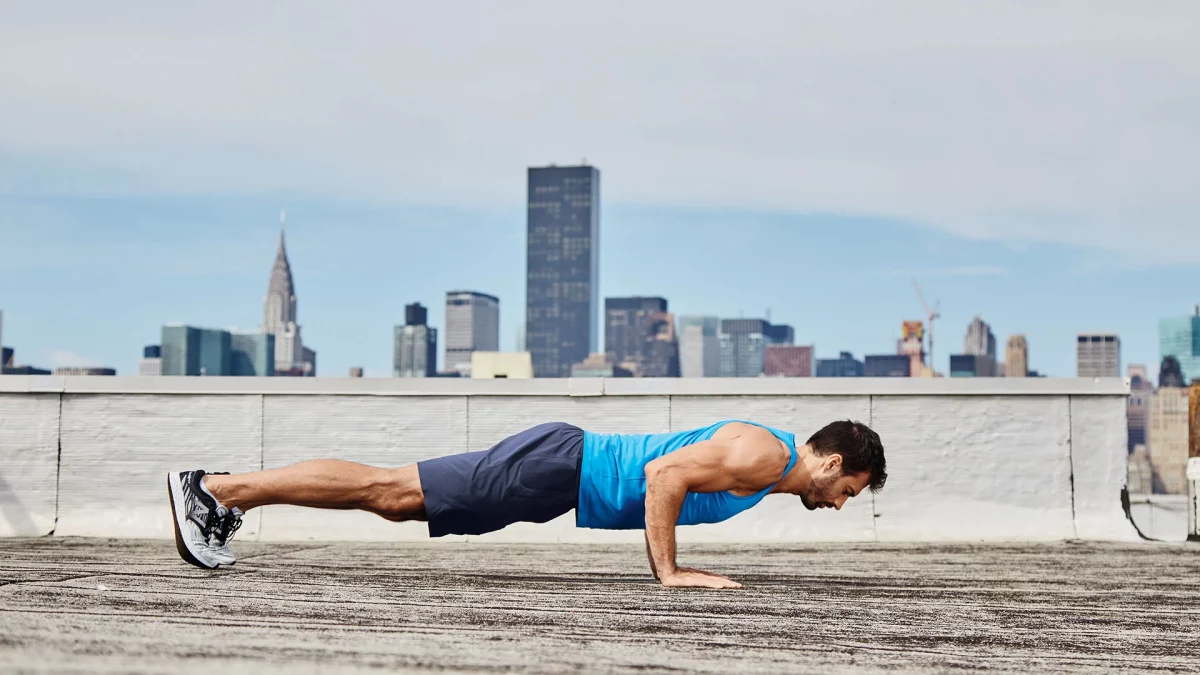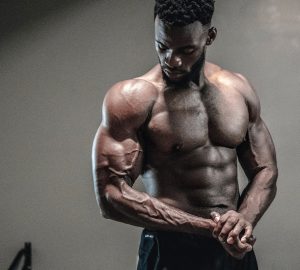When it comes to building muscle, guys are often most fixated on what they can see directly in front of them in the mirror. That starts with a strong, proud chest—whether you’re filling out the top of a t-shirt or taking it off, a well-developed chest is likely the very first muscle group that comes into focus when you look at yourself or someone else. The muscle group is key for the V-taper shape commonly desired by bodybuilders, and it takes up some major real estate on your torso that you shouldn’t just ignore. While we hope that you’ll eventually balance out your workouts by training your legs and blasting your back muscles, the chest is a great place to start.
So how do you go about your chest workouts? Training your chest muscles properly is more complicated than just stacking plates on the barbell to push through the heaviest possible bench press. Yes, you might be an advocate of International Chest Day—we see you, we promise that we are impressed by your latest bench press PR—but your chest’s potential strength and size gains will take a major hit if you’re tied to the bench.
You will find greater success if you take a step away from the same simple routine and expand the limits of your workouts. That means dropping the big weights (at least for a few reps) adding accessory exercises. Variety is one of the major keys for muscle adaptation, so challenging your chest in different ways will be a key driver for growth.
What Are Your Chest Muscles
The chest is a muscle group you might have heard referred to by one catchall name: the pectorals, a.k.a. the pecs. There are actually two muscles that make up your pecs, the pectoralis major and pectoralis minor.

The pectoralis major is larger, as the name implies, and is superior (or located above) to the pectoralis minor, is smaller and located below the pec major. The pec major is tasked with adduction of the arm (movement in toward the body) and rotation of the arm forward, along with assisting other muscles in pulling the trunk up when your arms are above your head. The pec minor helps to move your ribs and shoulders.
The serratus anterior and subclavius are also chest muscles, which rotate the scapula and anchors and depresses the clavicle, respectively.
How to Train Your Chest Muscles
You can train your chest at home or in a pinch with bodyweight moves like pushup variations, feature chest-centric movements in broader full-body workouts to spread the workload, and if you feel like you’re lagging, even ramp up the volume beyond the Monday standard with multiple sessions dedicated to chest in a week.
There’s a whole treasure trove full of workouts and exercises to be uncovered to blast the chest that can sculpt your pecs and push your upper body training days to the next level. Just remember, if your goal is to build chest muscle, you should aim to work using the right protocols for hypertrophy, with the most efficient rep schemes and rest periods. Likewise, you’ll need to be eating right to gain muscle.
Here are some of the best chest exercises to do just that. Choose two or three to work into your routine, and for best results, rotate in new movements every 3 or 4 weeks. Just remember, there’s nothing wrong with a big bench for your chest—as long as your workout doesn’t start and end there
The Chest-Building Exercises
Bench Press
Sure, we just talked about branching out beyond the bench press. But you can’t avoid the exercise if you’re serious about training—or even if you just step foot into any typical strength facility in the world. The move is standard for a reason: it works. Let’s break it down with dumbbells for some variety.
Do it: This hypertrophy method means you’re more focused on building muscle than pressing max weight, so keep your butt on the bench, with your feet flat on the floor and your glutes and core engaged. You should also drive your shoulder blades down into the bench.
Lift your dumbbells up, squeezing the handles tightly. Once your back is on the bench, don’t just hold the weights with your elbows parallel to your shoulders. Keep your elbows at a 45-degree angle to help to keep your shoulders safe. Squeeze your chest to drive the weight up, then lower under control under the same path to just above your chest. Drive back up to hit another rep.
Chest Fly
One of the absolute go-to chest exercises, the chest fly is all about creating tension through the movement. Your goal is not to flap your arms like a bird to take flight, like the name suggests—squeezing is the name of the game here. That means you’ll probably use less weight than you might expect.
Do it: Lay on a flat bench, gripping dumbbells in each hand. Press the weights up above your chest, keeping them from touching, with your pinkies turned slightly inward. Maintain full body tension on the bench.
Lower your arms down moving only at your shoulders, keeping a slight elbow bend. Only go as deep as your shoulder mobility allows. Squeeze your shoulder blades to raise the weight back up to the starting position, and emphasize the squeeze in your chest at the top.
Pushup
You’ve done pushups a million times before, and if you want a well-rounded workout, you’ll keep at it until you’ve done them a million more times. You can’t do a more basic exercise to train your chest, so make sure you’re doing them properly.
Do it: Get into a high plank position with your weight on your hands directly beneath your shoulders and your feet close together, keeping a straight spine with your core and glutes squeezed. Keep your gaze down to keep your neck in a neutral position.
Lower your chest down to the floor, keeping your elbows close to your torso and not flaring them out. Push straight off the ground all the way up to the top position with your elbows straight.
Dumbbell Floor Press
No bench? No problem. Take your dumbbell press to the floor for a shoulder-safe chest pump. This is another excellent option for building up your chest with home workouts, since all you’ll need are some weights and some space to spread out.
Do it: Lay back on the floor gripping a pair of dumbbells tightly. Keep your feet flat on the floor, driving with your heels and squeezing your glutes. Keep your elbows at a 45 degree angle relative to your torso to keep your shoulders safe.
Press the dumbbells up and squeeze your chest at the top position. Lower back with control, allowing your elbows to rest briefly on the ground.
Band Chest Fly
For a great warmup before a chest workout or a killer burnout to finish one, try out the band chest fly. The move isn’t much different than its big brother, the cable fly (more on that below) or the dumbbell fly, but the use of exercise bands makes it more accessible, and potentially another exercise you can do at home. “This exercise can be an extremely effective single or double arm exercise increasing hypertrophy and muscular endurance (providing that pump) without putting the amount of stress on the shoulder joints that a chest fly with a dumbbell would,” says athlete performance and development specialist Curtis Shannon, C.S.C.S.
“I like programming it as an accessory, warmup/priming, filler, or finisher lift. It can also be programmed with a global lower and upper body pull exercise, such as a deadlift or bent over row. Or simply use it as a “beach day” workout exercise that focuses on high volume for that “pump”.”
Do it: Attach two bands to a stable base, like a power rack or tower. Grab the ends of the bands in each hand, wrapping around your palms. Stand in a staggered stance in the middle of the station. Your arms should be outstretched but slightly bent. Lean forward slightly at your hips and avoid rounding your back.
Without changing the bend in your arms, bring your hands together. Slowly reverse the movement, keeping the bands controlled.
T-Bench Glute Bridge Fly
Take the bench fly, then add an idea from the floor press to hit your chest muscles in a shoulder-safe manner. You’ll also challenge your glutes and abs too, since you’ll be challenged to hold a difficult position.
Do it: Sit on the edge of a horizontally oriented weight bench, and place a set of dumbbells on your lap. Kick the weights back, shift your shoulder blades onto the bench, and press the weights straight up. Drive your shoulders into the bench to “set” them, then squeeze your glutes and abs to form a bridge shape with your feet planted on the ground.
Open your arms to lower your elbows down to the bench, forming the shape of the letter T. Focus on the eccentric portion of the movement, taking 3 to 4 seconds to lower. Then, squeeze your chest to fly the weights back up.
Batwing Fly
Spend more time at the bottom of the movement to really reap its benefits. Start with light weights to get used to the move, and try alternating between overhand and neutral grips to switch things up.
Do it: Sit on an incline bench with dumbbells in each hand. Start with the weights held with your hands at your pecs, as if you were preparing for a press. Keep your chest strong, with a natural arch in the lower back.
Straighten your arms out to each side, maintaining your strong chest position. Pause for a count with your arms extended, stretching the muscles.
Incline Dumbbell Bench Press
This is an upper body push exercise that targets the pectoralis major (upper chest), clavicular, costal and sternal head, along with the anterior deltoids, triceps, biceps and serratus anterior.
“This is a great exercise to implement into your program, giving your upper body push routine some variety,” Shannon says. “The mechanical load and position on the incline bench press provides a greater challenge than the flat or decline bench. This will essentially allow you to get a greater adaptational response with less weight than with the flat benchpress. I personally feel more muscle in the chest and less stress in the shoulder joint when I perform this exercise, in comparison to the flat bench.”
Shannon recommends programming this as either a primary or accessory lift. The prescription all depends on the load, intensity and volume.
Do it: Lie on a bench with the backrest set at a 45-degree incline. Hold a pair of dumbbells above your chest with your arms straight and your palms turned toward your feet, which should be flat on the floor. Keep your core tight and avoid arching your back, which means your butt should be glued to the seat.
Press the dumbbells up, directly above the shoulders. You might have seen some people in the gym knocking the weights together at the top, but there’s no need to do that here. Lower the dumbbells to chest level—but don’t stress on how deep you go—before you press them back up for the next rep.
Close-Grip Bench Press
You can lift more weight with a barbell than with dumbbells because they’re more stable. That’s why barbell presses generally build more raw strength in your chest. But this variation puts more focus on your triceps, so you’ll get the added bonus of extra work for the biggest muscles in your arms, too.
Do it: Using an overhand grip that’s a bit narrower than shoulder width, hold a barbell above your sternum with your arms straight. Lower the bar to your chest. Hold for 1 second. Press the bar up.
Cable Fly
When it comes to working their pecs, most guys just press. Adding the fly to your routine gives your pecs and front deltoids a new stimulus.
Do it: Attach two stirrup handles to the high-pulley cables of a cable-crossover station. Grab a handle with each hand, and stand in a staggered stance in the middle of the station. Your arms should be outstretched but slightly bent. Lean forward slightly at your hips; don’t round your back.
Without changing the bend in your arms, bring your hands together. Slowly reverse the movement.









